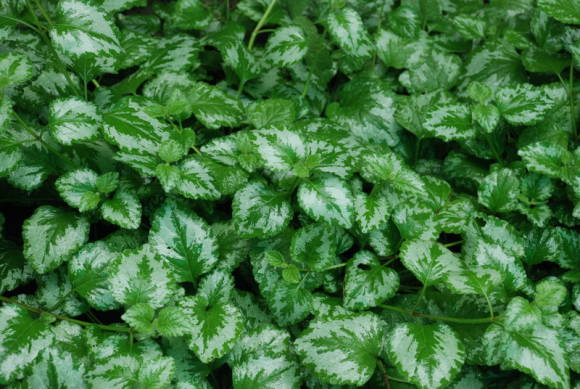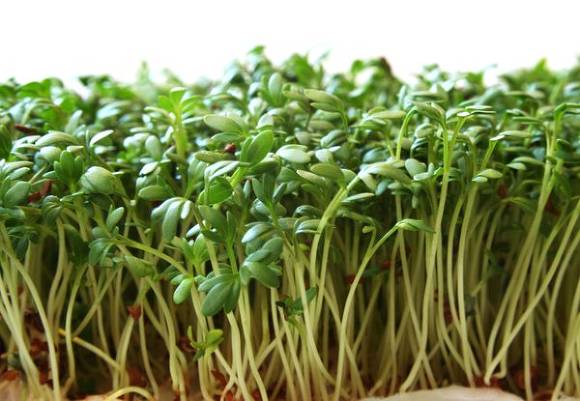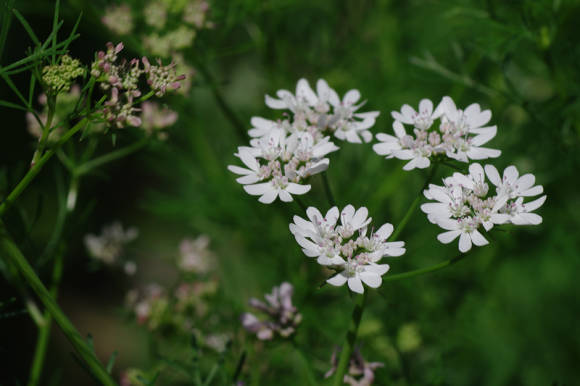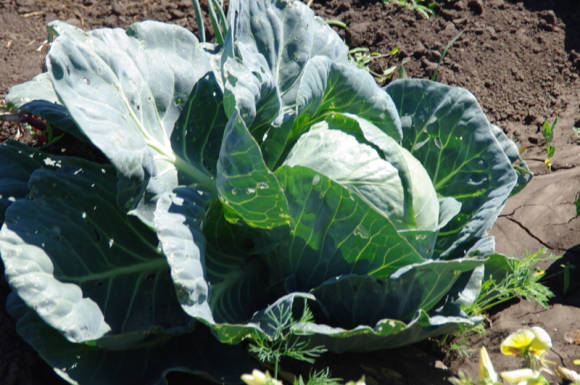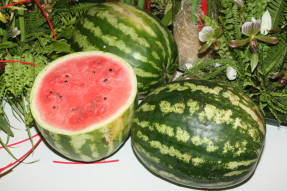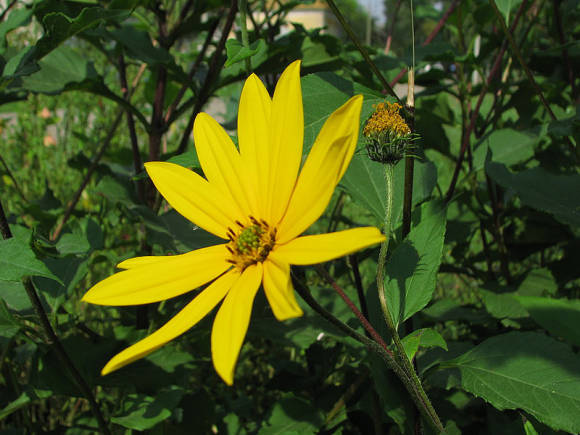This article is a review of foreign scientific journals. Essential oil, it turns out, holds promise not only in aromatherapy and perfumery. When mankind got tired of poisoning itself and the environment with pesticides, the search for an alternative began. Scientists have turned towards natural compounds that do not have a terrifying list of restrictions in use and side effects. Among the objects were essential oils, which in nature are also credited with the ability to drive away pests. In recent years, an idea has been put forward about the possibility of using essential oils and their components as environmentally friendly plant protection products, as well as for combating diseases of bees.
And in the last 20-25 years, research on this issue has been launched all over the world. The first encouraging results were obtained. We bring the results we have found in the scientific literature to your attention. Maybe for some people the article will seem boring and too scientific, but for specialists the information is of undoubted interest.
Many housewives know that if you put a clove of garlic in a bread bin and change it periodically, the bread will not grow moldy for a long time. This suggests that the volatile secretions of garlic have excellent fungicidal properties. Currently, the fungicidal effect of essential oils is being actively studied both in medicine and in other industries.
 |  |
From the soil occupied by catnip, mushrooms were isolated from only 9 species out of 45 identified and representatives of the genus Fusarium, which is famous for root rot pathogens, have not been found.
Essential oil of basil, dill, anise at a concentration of 3000 μg-1 inhibits the growth of many mushrooms. The effect of 49 types of essential oils against gray rot of fruits was investigated (Botrytiscinerea). Several oils have been recommended as a preventative measure for this condition.
The fungicidal activity of essential oils is even more widely used in medicine, but this is already a separate article.
Insecticidal, acaricidal and nematicidal action of essential oils
It has long been noticed that if you plant some fragrant plants next to agricultural crops, then they scare away pests. If you patiently spray indoor plants with garlic infusion, then the spider mite gradually recedes. When sowing the well-known marigolds in a pot with a houseplant affected by nematodes, after a while it becomes clear that as these cute ornamental plants develop, the nematodes feel less and less comfortable, and when the marigolds survive the tenants, they can be pulled out and valuable the houseplant will feel healthy and beautiful again. And as you know, marigolds contain a large amount of essential oil.

The nematicidal effect was compared with oxymil (99.6% drug). To a suspension of saprophytic (Pratylenchuspenetrans) and phytoparasitic (Caenobarbatiselegans) nematodes added 0.5 ml of an aqueous solution of monoterpenes from essential oils at a concentration of 2.5; 25 and 250 mg / ml. Withstood for 24 hours. Oxamil at a concentration of 250 mg / ml was 13.4%, thymol and carvacrol 100% each, eugenol - 97%, menthol - 90%, geraniol - 91%.
Evgenol, geraniol, thymol and citral caused death of saprophytic nematodes at a concentration of 2.5 mg / ml.

Phytoparasitic nematodes are more resistant, for them the most toxic were carvacrol and citronellol at a dose of 250 mg / ml. The mortality rate was 78 and 86%, respectively. Limonene at a concentration of 100 mg / l caused a decrease in the nematode population.
Studies have shown that coriander seed oil and its main component linalool were effective against spider mites and nematodes. Acaricidal action was noted in 1,8-cineole, α-terpineol, verbenol and the most toxic verbenol.
When the contact toxicity of the oils of wormwood and tansy was evaluated, it turned out that, even in high dilutions, they caused the death of ticks within 48 hours.The most effective was wormwood oil obtained by steam distillation. Essential oils of cumin, anise, oregano, eucalyptus are effective against melon aphids and spider mites as a fumigator.
Essential oils can potentially serve as an alternative to highly effective synthetic fumigants. They have low toxicity for warm-blooded animals, high volatility and toxic to pests that damage products during storage.
Monoterpenes are of particular interest. Monoterpenes are typical lipophilic compounds, and they are easily incorporated into insect metabolism and affect biochemical and physiological processes. Their mechanisms of action are not always fully known, but it is assumed that neurotoxic effects are manifested.
In laboratory conditions, the repellent and toxic effect of essential oils of mineola, or tangerine, was investigated. (Citrus reticulata var. Tangerine), bigardia, bergamot, pine, weeping cypress (Cupressus funebris), pine and lemon eucalyptus (Eucalyptus citriodora) against a hay-eater - a storage pest.
Essential oils in the form of a solution in acetone were applied to paper at a dose of 200, 400, and 800 μg / cm3. After evaporation of acetone, adults were planted on paper. All oils actively repelled insects. The activity in descending order is arranged as follows: cypress - pine - tangerine - bergamot - eucalyptus - bigardia.
When fumigated, all essential oils were toxic to adult insects. Bigardia oil was the most toxic; up to 82% of individuals died. When essential oils were added to controlled gases during storage of fruits, the toxicity of essential oils to hayfed eaters increased.
Monoterpenoids, especially thymol and carvacrol, have an anti-feed effect on moth caterpillars (Spodopteralitura)... The food rejection efficiency was 85%.
 |  |
Of the 22 essential oils, the strongest action against bean weevil was observed in creeping thyme (the main components of thymol and carvacrol oils) and marjoram (tepinen-4-ol).
The contact and fumigate action of cinnamic aldehyde α-pinene, anethole, extracts of clove tree and star anise against the cinnamon beetle and corn weevil was revealed.
Eugenol (from clove and basil) is effective against barn weevil and grain grinder. Thuja essential oil has also been found to be effective in combating barn pests. During processing, up to 95% of females and 100% of males of the four-spotted weevil died. The egg survival rate decreased from 100% in the control to 0.8%.
Investigated the effect of 18 essential oils on Sitophilusorysaedamaging rice during storage. Anise, arnica, citronella, clove, eucalyptus, fennel, grapefruit, St. John's wort, juniper, myrrh, patchouli, petitgrain, rosemary, tea tree, thyme, and yling ylang oils caused the death of the pest to a greater or lesser extent.
Rosemary and eucalyptus showed the maximum effect. At doses of 43.8 and 36.4 ml / l of air, they were fatal to 95% of insects (LD 95).
Among the components most effective against this rice pest were benzaldehyde (15.6 ml / l of air), 1,8-cineole (44.2 ml / l of air), r-cymene (39.0 ml / l of air), thujone (44.5 ml / l air), terpinen-4-ol (66.4 ml / l air).

Allelopathic action of essential oils
It was noticed for a long time that plants can influence each other. There is even a whole science that studies this interesting natural phenomenon, and it is called allelopathy. Studies have shown that many essential oil plants have this property. For example, when sowing clary sage in the same field, the plants develop poorly, and the seedlings are very uncooperative. When sowing catnip with other crops, it was noted that it has a positive effect on the initial growth of Moldavian snakehead, wheat, buckwheat, coriander, dill), and in marigolds noted (Tagetes signata) growth slowed down.
On the other hand, essential oil has a negative effect on the germination of radish seeds and the growth of watercress and wheat seedlings.In a high concentration (10 μl / Petri dish) catnip oil and its vapor reduce the germination of these crops by 80 percent or more. The aqueous solution is more active than the volatile fractions. The lowest concentration (1 μl / Petri dish) completely suppresses the growth of watercress roots. Plant growth responses are more sensitive to essential oils than seed germination. The root system is more sensitive than the aboveground organs. Suppresses the growth of fungi in the soil.

